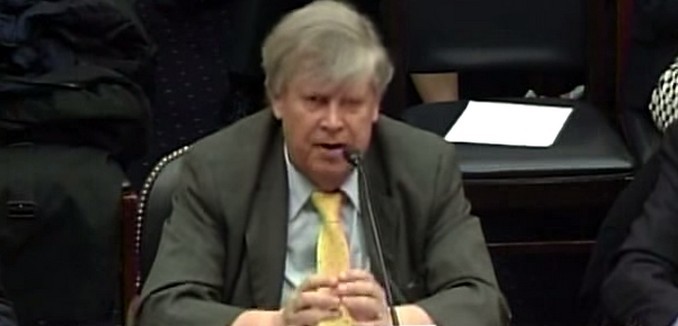Top analysts, including a former top official at the United Nations’ nuclear watchdog, are calling into question basic assumptions about the wisdom of the deal currently being hammered out in Lausanne, Switzerland between the P5+1 global powers and Iran. At stake is whether the administration’s publicly-expressed goal for the talks—that they produce a deal that keeps Iran a year from nuclear breakout for roughly the next decade—is a tenable way to prevent the Iranians from acquiring a nuclear weapon.
In an analysis published Saturday, Olli Heinonen, former deputy director-general for safeguards at the International Atomic Energy Agency (IAEA) and now at Harvard University, argued that a one-year breakout window is not enough to prevent the Iranians from dashing across the nuclear finish line—even assuming that the rumored terms could achieve such a one-year period, which Heinonen calculated is not at all certain. Instead, it appears that the deal shaping up would put Iran perhaps only seven to eight months from breakout. Assuming that Iran will be able to operate 6,500 centrifuges, Heinonen estimated that using first-generation centrifuges, the breakout time would be nine months; however, given the stockpile of low-enriched uranium the Iranians have on hand, he writes that “a breakout time of between seven and eight months would…be possible.”
Real world constraints on detection mean that even with a one year breakout time, the U.S. might not have sufficient time to prevent the Iranians from constructing a nuclear bomb should the Islamic Republic go down that path. If Iran attempted to conceal its nuclear activities from the IAEA, it would take the organization at least two months to sift through samples and conduct the proper analysis. Further samples would likely be needed, expanding the detection time to three months. Then the IAEA would need time to report to the United Nations Security Council, which would need more time to respond.
Heinonen, along with Michael Hayden, the former Director of the Central Intelligence Agency, and Ray Takeyh, a former State Department advisor on Iranian affairs in the Obama administration, wrote last week in The Washington Post about additional real-world constraints that make one year an inadequate time to catch Iran cheating and act:
The United States would have to convince the other member states invested in the agreement — including veto-wielding Russia and China — that the accord was being violated and that forceful action was needed. Time would be spent quarrelling over divergent views, with several outcomes possible, including a Security Council presidential statement or a resolution whose content would need to be agreed upon. And only then could new economic sanctions be imposed on Iran.
Either prior to or after the IAEA inspections, the U.S. Director of National Intelligence would need a significant amount of time to build a case of Iranian noncompliance and bring it to the attention of the President. The result would mean that the international community would not have enough time to implement effective economic sanctions in response.
The breakout time could actually be reduced further. If Iran is able to conduct research and development on advanced centrifuges, and make them operational, the enrichment process would speed up significantly. The Associated Press reported on Sunday that Iranian demands to build more advanced centrifuges have emerged as a key hurdle in the talks. In April 2014, Supreme Leader Ayatollah Ali Khamenei declared, “Consent was given to the nuclear talks in order to break up the hostile atmosphere created by the hegemonistic [sic] front against Iran, but all people should be aware that despite the fact that the talks will continue, the Islamic Republic of Iran will not halt its activities with regard to nuclear research and development.”
[Photo: Congressman Brad Sherman / YouTube ]




